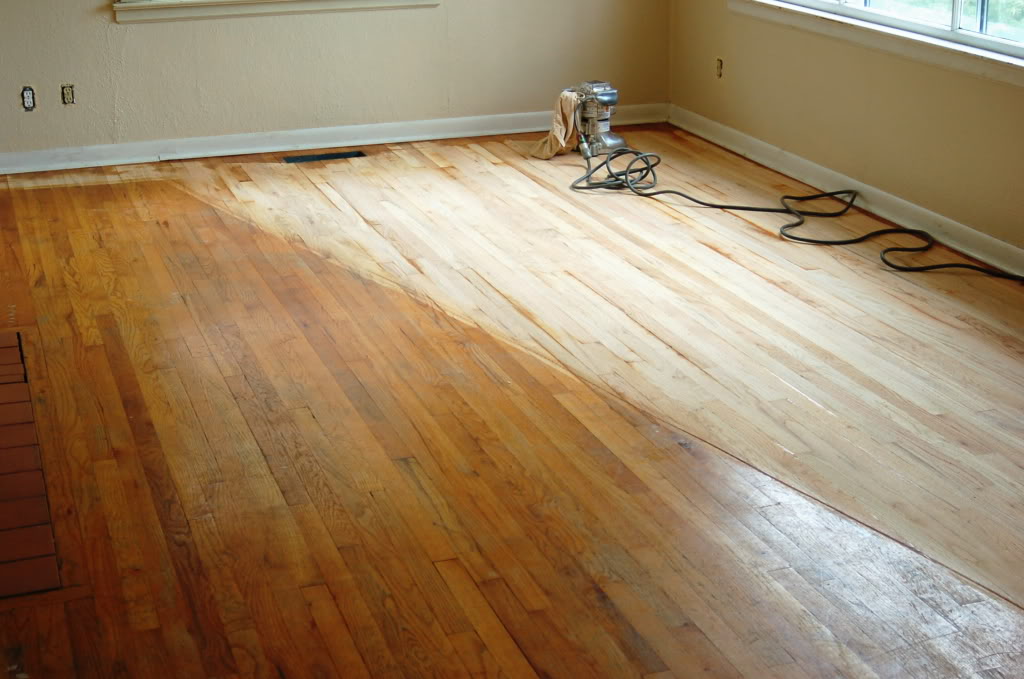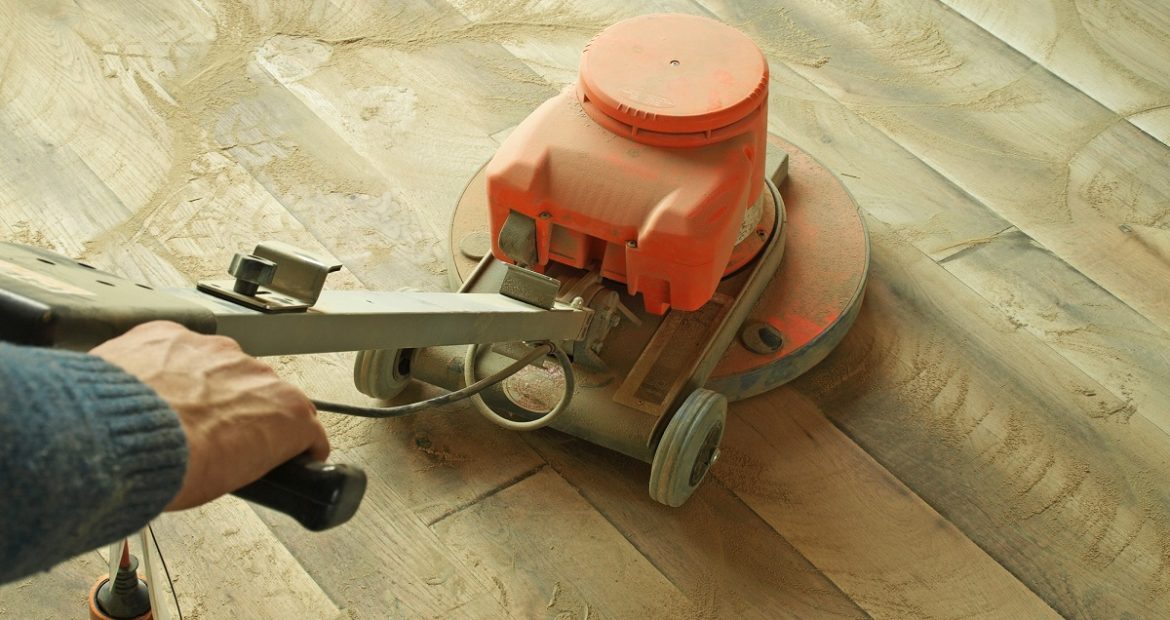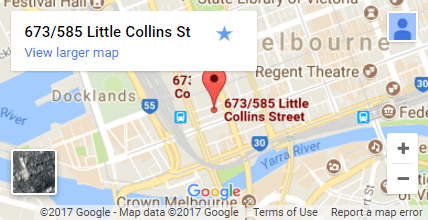The sun can be beautiful, but it’s also powerful. It can cause damage to your wood floors if you leave them out in the direct sunlight for too long. Sometimes, the sun does more than simply fade the finish on your floors; it may even bleach or yellow them completely. If this has happened to you and you’re wondering how to restore your hardwood floors after sun damage. This is when the Floor sanding Geelong comes in. Don’t worry—there are plenty of ways to fix this problem!
Replace board with matching wood
If your floor is damaged and you want to repair it, you will need to replace the damaged board. You can use a hardwood flooring installer or do it yourself if you’re handy with tools. You’ll want to choose replacement boards with matching wood grains and dimensions that are as close as possible to those of the rest of the floor.
Sand and refinish the entire floor
If your hardwood floor has been damaged by the sun, you can restore it. Floor sanding and refinishing is the only way to do this.
You can sand off the old finish by hand or with a power sander. A rotary tool works well for small areas, but if you have more ground to cover, consider renting an electric floor sander from a local hardware store. The process should take no more than 2 hours per room (you’ll have to move furniture out of each room first).
After removing all remnants of the old finish, apply polyurethane or polyurea sealant using either a brush or sprayer (depending on your preference) and let dry according to manufacturer instructions.

Sanding off the old finish is the only guaranteed way to restore a damaged floor
If the finish is damaged, sanding the floor is the only sure way to remove it. You must make sure that you have enough wood left to refinish before taking this step.
First, vacuum up any debris from your floor. Then use an orbital sander with 80-grit paper to lightly sand the top layer of finish off of your floor. This will help reveal any serious damage or defects in your hardwood floors and prepare them for refinishing.
Then use 150-grit sandpaper on a hand-held rotary tool (or stationary belt sander) to get rid of most of those scratches and dings in your hardwood floor finish so that all you’re left with are some light scrapes and scuffs—nothing too dramatic or deep enough to require replacing boards or sections of flooring material itself!
Once you’ve sanded down all visible signs of damage, apply a coat of stain remover according as directed by manufacturer instructions; wait 5 minutes; blot stain using a rag dampened with mineral spirits; repeat until no colour shows up on the rag after blotting away mineral spirits (this might take several passes).
If you’re looking to restore your hardwood floors, the best option is to replace the damaged boards with new ones. This can be a costly project, but it’s worth it if you want your floor to look new again. Floor sanding Geelong only removes the finish from an area about six inches wide and one inch deep, so this method will still leave some visible damage behind in places where there are no boards on either side of the spot being sanded off.


